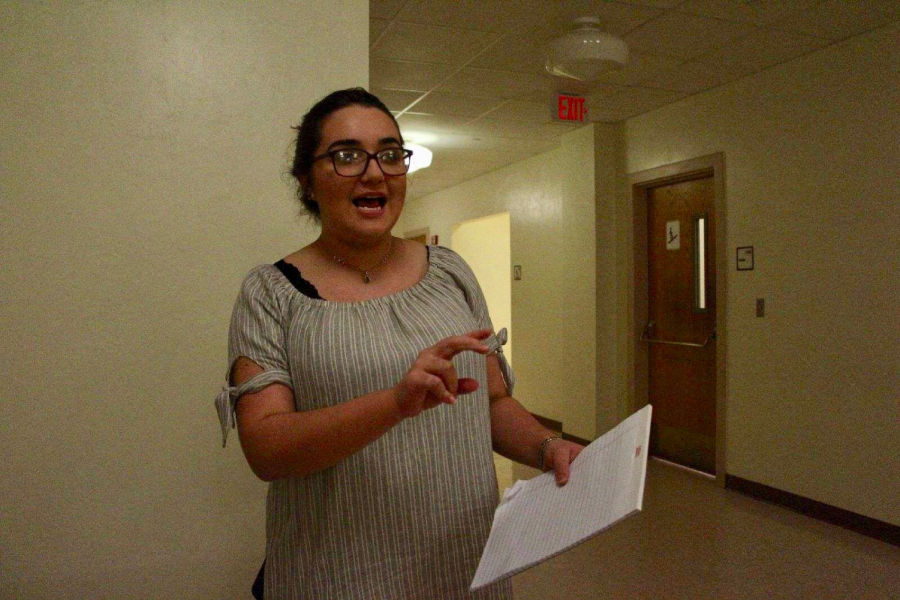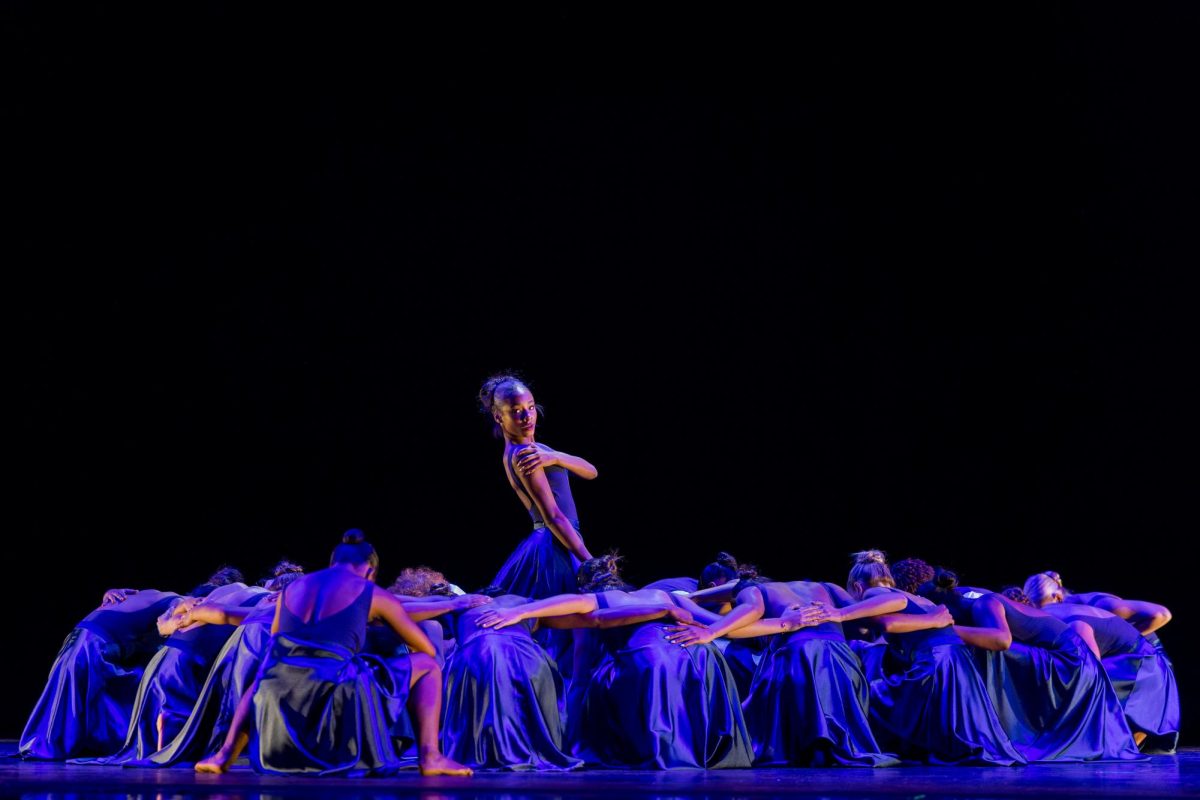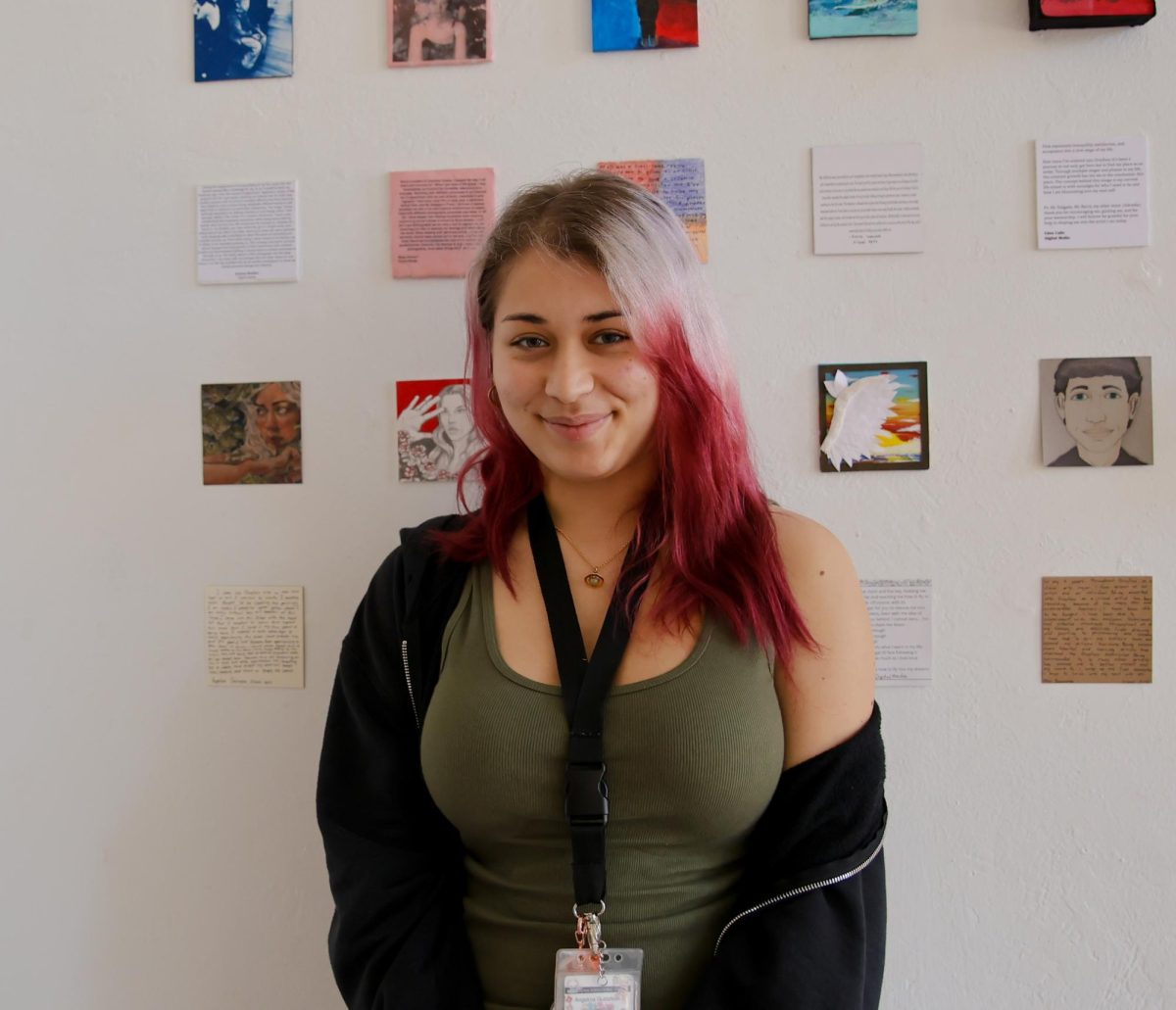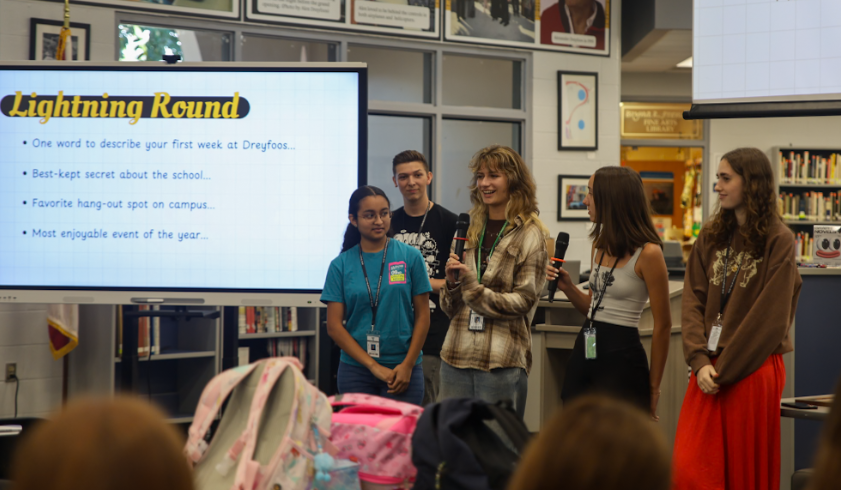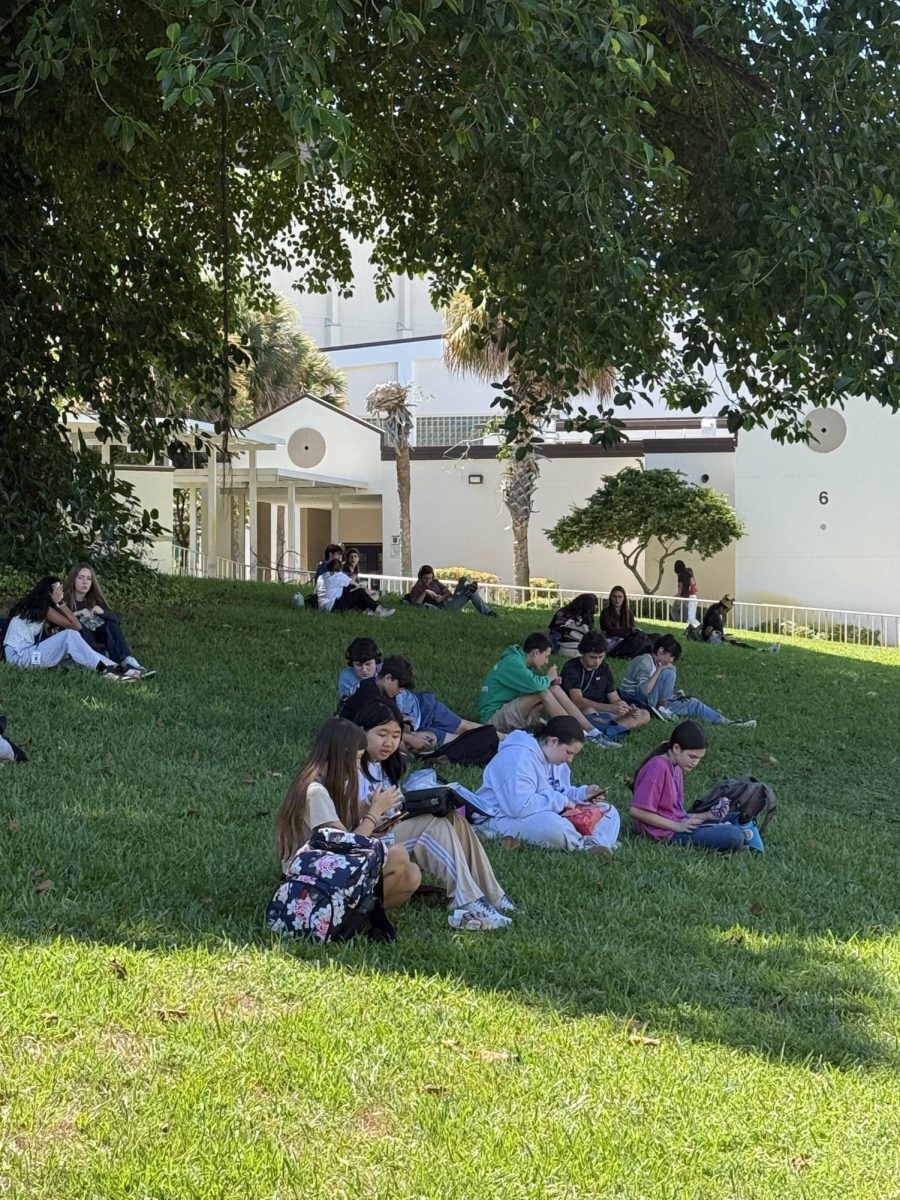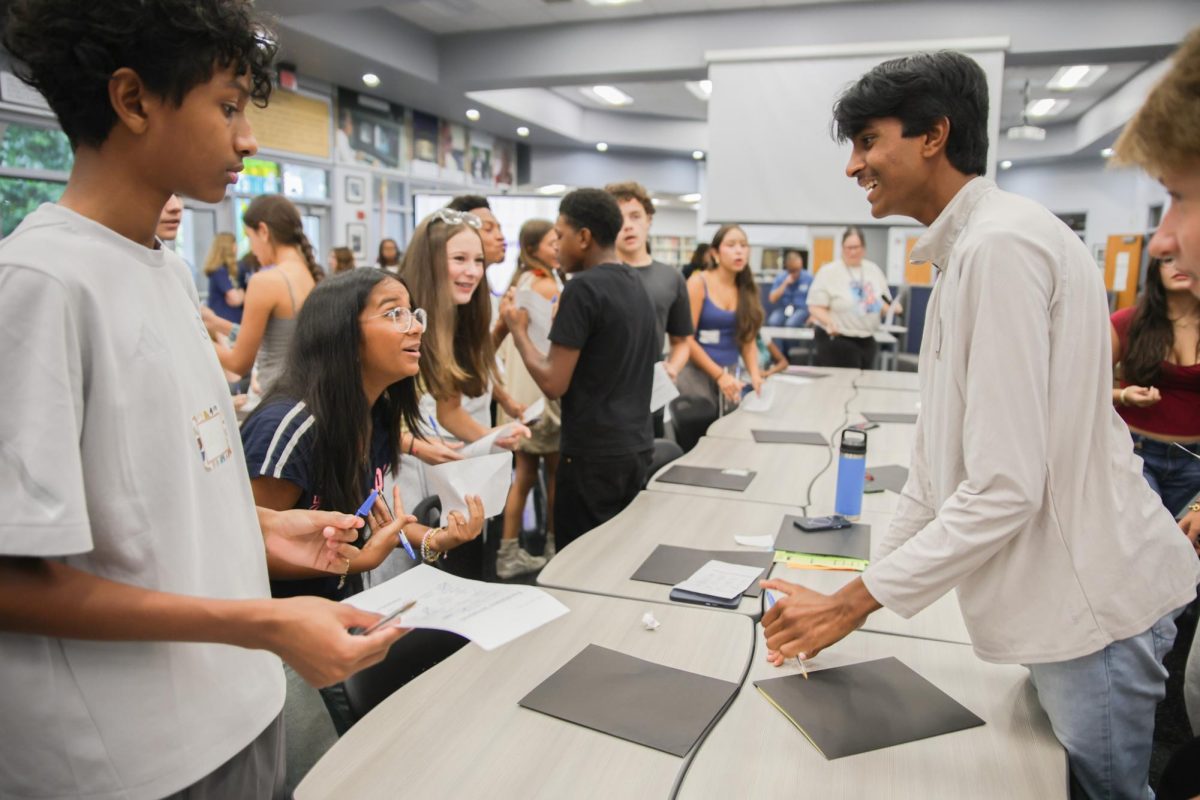At 6’1″, digital sophomore Lorenzo Romano is a backpacking, adventure-driven photographer with a passion for precolumbian history. This collection, taken during his trip to Peru with National Geographic Student Expeditions this past summer, showcases his talent for capturing raw beauty and color.

A weaver makes a multicolored blanket in Cuzco using traditional tools and methods.
Many people in the rural areas of Peru still make their clothes by hand using use hand-dyed alpaca wool.
During winter, the temperature in the Andes gets as low as 32 degrees F.

Glazed apples and cherries on sticks are sold in the open-air markets of Cuzco.
Candied fruits are favorites of those looking to satisfy their sweet tooth including tourists and locals alike.
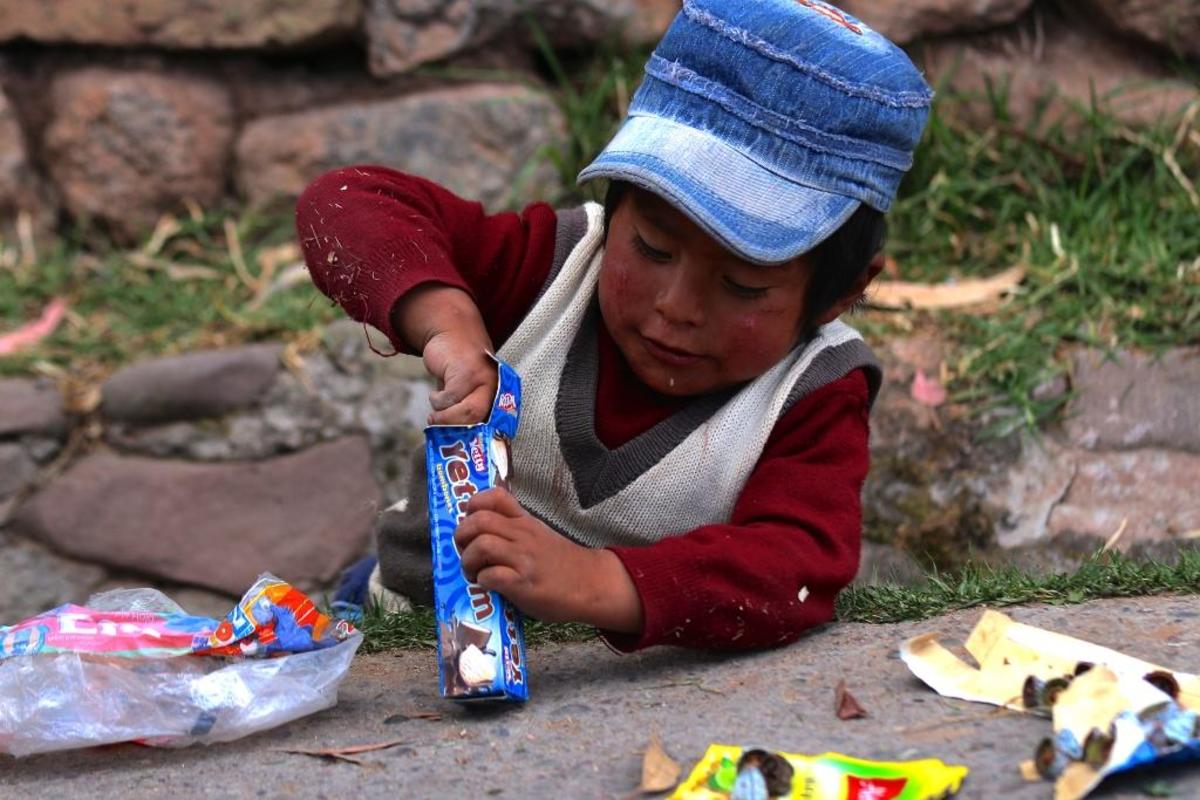
A child plays with discarded packaging in a ditch beside his parent’s food cart. Many people in Cuzco rely on tourism for their income.
Peru has had steady economic growth in metropolitan areas but in more rural outskirts.

An elder weaver waits for her partner to throw a spool of yarn back to finish a row for a blanket.
Large blankets can be over 12 feet in length and take months of work to complete.

Traditional attire for Incan women consists of bright colors and irregular patterns. Most of the clothes are hand woven by the women themselves and represent the strong cultural ties that the people have to their heritage.

A Peruvian woman dressed in traditional costume looks on towards tourists as they eat grilled meat from a butcher stand.
This contrast between native and tourist activities is a common sight in large cities.

Children watched by their grandparents play by one of the irrigation channels in the city of Ollantaytambo.
These channels were built by the Incas to bring fresh water into their cities, but now serve as little more than miniature attractions.

Open-air markets are the primary sources for residents of a city to buy food. Markets such as this one now cater more to tourists than to natives. Many markets have been around for hundreds of years.

A small child plays as her mother hangs clothes to dry. It is common for young children to accompany their parents to their jobs until they are old enough to go to school.
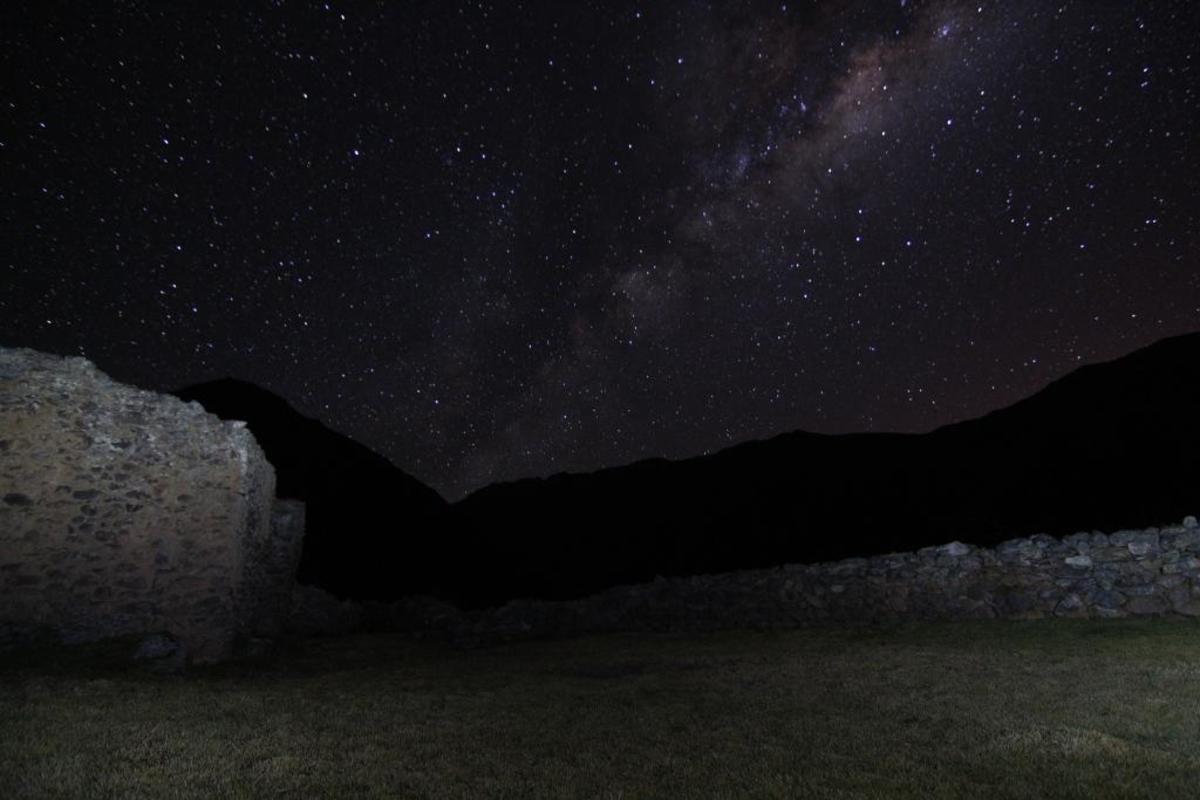
During winter, the Andes are the perfect place to stargaze because of the lack of clouds. Due to light pollution in many major cities, sights like this usually go unseen.
To see stars this clear and bright one must travel many miles up the Andes Mountains away from the city.

Wild dogs, such as this one, scavenge for food in the valleys of the Andes.

Salt beds like these in the city of Maras have been used since pre-Inca times as primary source of salt for the people living in the Andes. Underground streams flow through salt deposits deep within the Andes Mountains, carrying out water with a much higher salinity than ocean water. The streams are feed into beds, which are used by families in the community to harvest salt for sale.

During daylight hours, the city of Maras is mostly deserted as the inhabitants work to harvest salt from the evaporation beds. Pets, such as this rooster, roam free until dusk.
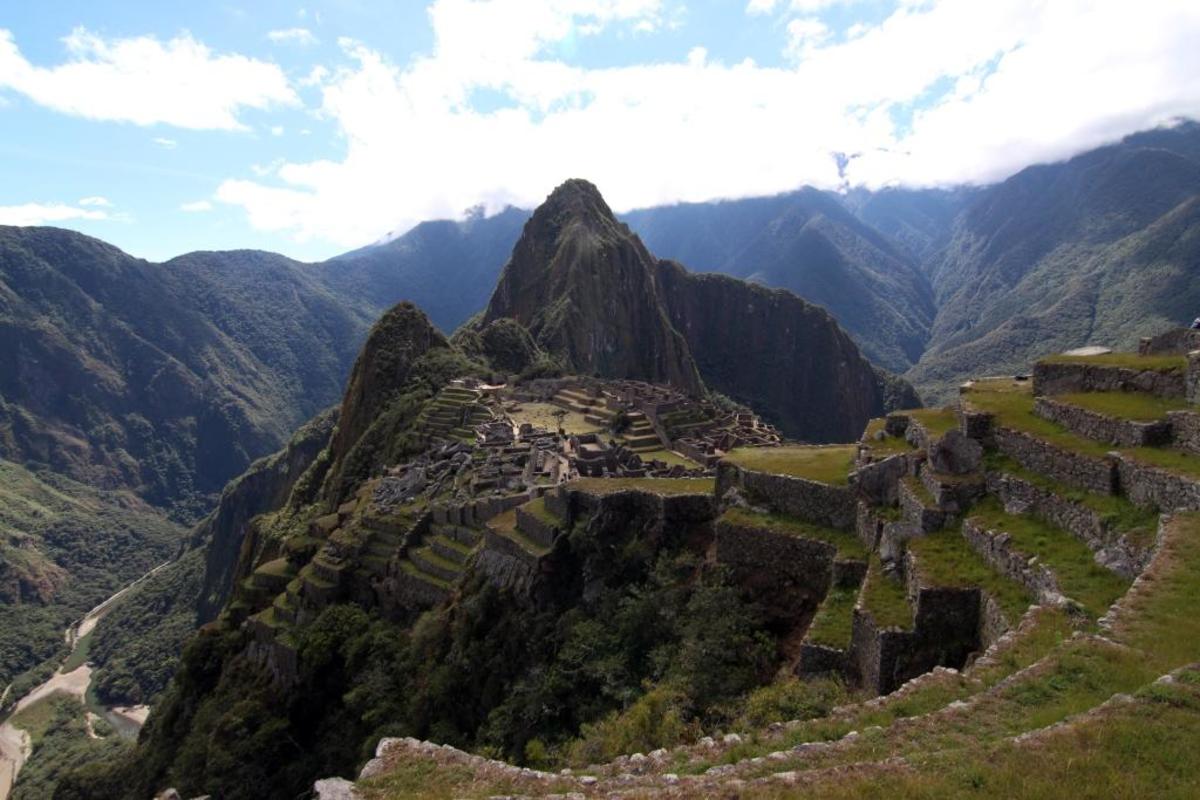
Ancient royal retreat of Machu Picchu, found by European explorers in 1914. It has since been renovated and is one of the most popular tourist destinations in the world.

A Peruvian girl runs to catch a ball outside the Qorikancha Museum in Cuzco.
This museum was a temple in Inca times whose walls were once covered with solid gold.

Farmland outside the cities is used as pastureland for animals in winter.

Farmer’s children go to free community schools where they get a basic education from 1st to 4th grade.
To continue their studies, they will have to go to one of the public schools in the city, miles from their homes.









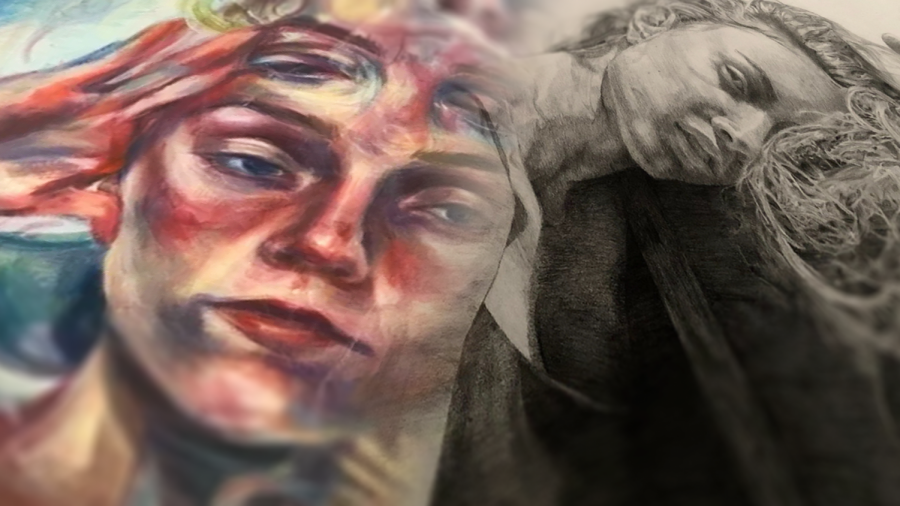



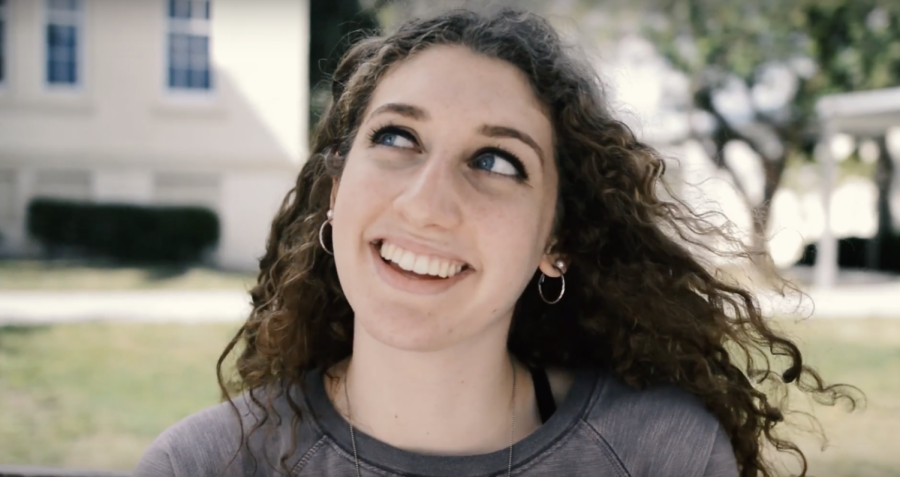


![Piano junior Giancarlo Llerena performs his audition piece, “Beethoven Piano Concerto No. 2,” for judges at the Greater Miami Youth Symphony Concerto Competition. “[The audition] was the day of the Impromptu concert [at Dreyfoos], so I had to leave school early and go all the way to South Miami,” Llerena said. Later that month, Llerena learned that he had won first place in the competition.](https://www.themuseatdreyfoos.com/wp-content/uploads/2017/11/Screen-Shot-2017-11-30-at-5.03.18-PM-900x497.png)
